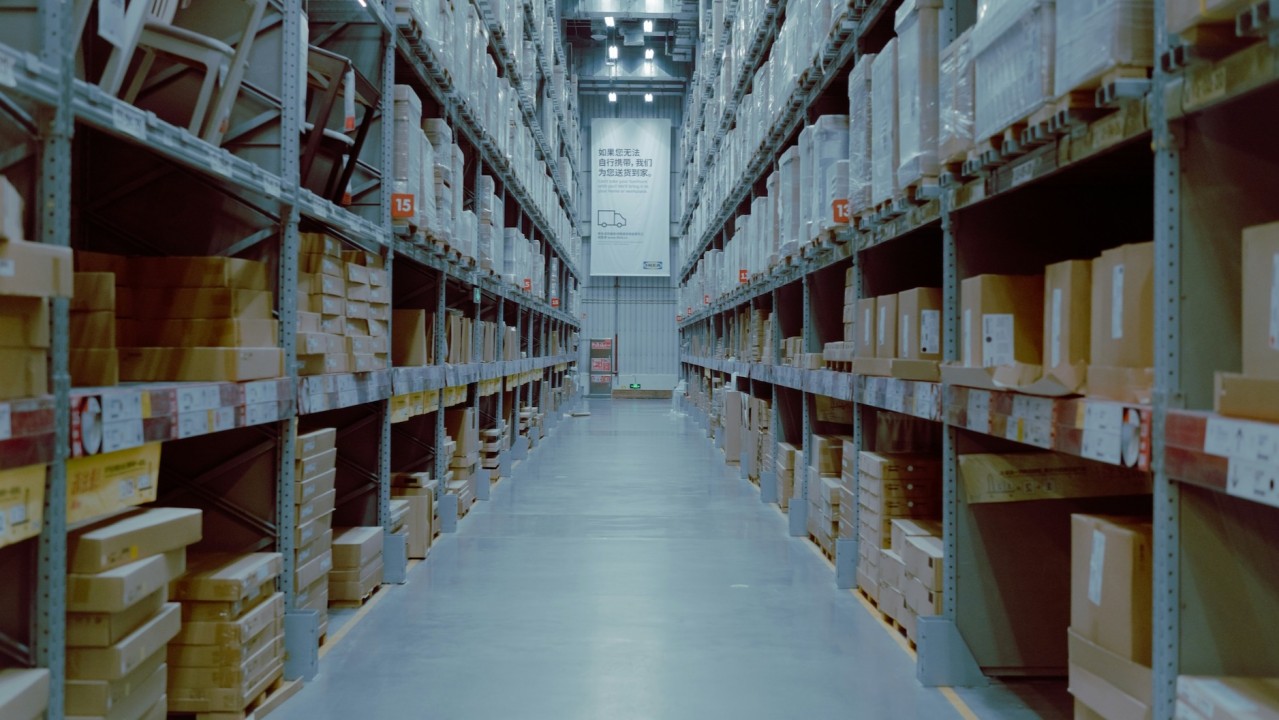Ecommerce shipping should be a no-brainer. After the tremendous growth in volume these last few years, all the necessary services, technologies and systems comprising ecommerce shipping solutions should all be ready for prime time, right? Unfortunately, while improvements are being made all the time, there are still significant challenges that can both infuriate retailers and frustrate their customers.
Understanding these challenges can help online retailers better manage their delivery operations, communicate more effectively with their customers and cut shipping costs all at the same time.
The Current State of Ecommerce Shipping
Getting a feel for the status of ecommerce shipping largely depends on whom you ask. In general, looking at the performance of market leaders is usually a good way to gauge what is happening in a given industry.
When assessing the global ecommerce market, the three top shipping services are UPS with a 30% market share, the US Postal Service a 26% share, and FedEx with 20% of the market. Other smaller players constitute 8% or less.
Many retailers are choosing to set up ecommerce shipping solutions of their own, and large ones are expanding, such as UPS announcing they will hire 100,000 employees and increase operations to deal with growing demand.
While growth in ecommerce appears to be stabilizing, competition is also increasing and market shares are shifting accordingly.
Significant Challenges to the Shipping Process
During the height of the pandemic, ecommerce surged in a huge and unexpected way, causing a shortage of truck space and drivers. Market forces responded by employing smaller ecommerce shipping service providers that could absorb some of the excess demand, but were not capable of scaling up to the required capacity. The lack of a centralized delivery management platform among smaller providers certainly hampered their efforts to gain market share.
Adding to the problem is an ongoing labor shortage, where many logistic workers left their jobs and have not been replaced. For retailers, who depend on ecommerce shippers to keep their customers satisfied, the concern is not only about finding drivers, but also about having a system in place that can automate the best options for their external fleet or gig drivers for a particular shipment.
Likewise, there is a new realization that having better visibility into the location of a package during every step of the shipping process, as well as route optimization, will help increase efficiency.
The Importance of Shipping for Ecommerce
Consumers associate the ecommerce shipping experience as a major factor of overall customer satisfaction.
According to a recent survey of online shoppers by Digital Commerce 360, even though there are more delivery options today than ever before, consumer ratings relating to the actual delivery experience seem to be going down. The irony is that, while one could argue that shipping services are actually getting better, the improved service actually raises customer expectations, putting pressure on retailers to improve customer service.
Consequently, the use of data to learn about a customers’ experience from feedback about the fulfillment process and then taking the necessary measures to correct flaws, is one of the best ways to ensure customer retention.
Charging Consumers for Ecommerce Shipping
Free shipping remains attractive for online consumers, but they are also willing to pay for shipping under the right circumstances. How paid and free shipping options are presented to consumers can also influence their willingness to accept more cost-effective shipping rates.
An interesting approach is to provide a discount on products where the consumer selects a slower shipping option. In this scenario, the consumer believes they are getting a better deal, while retailers can actually increase profit margins by taking advantage of lower shipping costs.
Many think that free shipping has become a de facto standard, but the reactions from online consumers say otherwise. Free shipping should remain as the most important option, still there are many cases where customers are willing to pay.
For example, the speed of delivery is becoming increasingly important too. It is interesting to note that in the survey of online shoppers, 36% paid for expedited shipping even though free options were available.
The Top Five Selection Factors for Online Consumers in 2002
Free shipping 70%
Delivery speed 43%
Product in-stock 35%
Customer service 33%
Free return shipping 25%
Source: Digital Commerce 360 shipping and delivery survey of 1,116 online shoppers, August 2022
Retailers should keep an eye on consumer demand for delivery speed as it moves up the rankings. Since many customers are willing to pay for overnight shipping, the challenge for retailers will become about having the right technology, systems and ecommerce platform in place to meet the growing demands.
Key Trends Affecting Ecommerce Shipping
It is important to keep abreast of the latest trends that innovative retailers are having to adopt to improve their ecommerce business.
Extension of More Fulfilment Options
Retailers have to consider demand for more fulfillment options. Many consumers prefer not to be constrained to stay at home by limited delivery windows and prefer to receive their packages when it is most convenient for them.
Both in-store and curbside delivery continue to be attractive options for consumers and offer significant savings on shipping costs for retailers.
Omnichannel Brand Interactions
While omnichannel experiences may have been catalysed by the pandemic, it has now transitioned from nice-to-have to must-have for brands that want to stay competitive in the current environment. Retailers must be capable of gathering data and drawing insights into the type of omnichannel experiences that work for their customers.
This includes continued adoption of chat technologies to keep consumers informed of the status of their ecommerce shipment in a cost-effective manner and implementation of alternate shipping methods such as drone technology in rural areas. As these technologies improve, their industry adoption will continue to increase.
Flat Rate Shipping Options
Standard shipping costs are usually calculated according to a package’s dimensions, weight and shipping distance. This information ensures accurate pricing, yet takes time and effort to measure each and every package.
To simplify these efforts, many ecommerce shipping services are offering flat rates to retailers where a single shipping price is paid regardless of the size and destination of the package. This makes it easier for retailers to accurately calculate their shipping costs. Giving online shoppers up front simplified shipping prices is an effective way to increase customer satisfaction and build brand loyalty.
Adoption of Alternate Delivery Options
One of the more interesting characteristics of online consumers is their willingness to try new and less conventional ecommerce shipping options. This means retailers must keep pushing the bar and deploy new technologies that represent the next phase of solutions.
Online shoppers are comfortable with the following alternative delivery methods, keeping in mind that while they exist today in one form or another, they are still a few good years away from mainstream consumer adoption.
Top Five Preferred Alternate Delivery Methods
Local package receptacles 80%
In-home delivery 60%
In-garage delivery 57%
Self-driving vehicle delivery 53%
Drone delivery 52%
Source: Digital Commerce 360 shipping and delivery survey of 1,116 online shoppers, August 2022
Even though some of these shipping options seem futuristic, it is incumbent upon forward thinking retailers to implement a delivery management platform (DMP) that will be able to integrate and manage the latest requirements.
Summary
To deal with the latest challenges involving flexible capacity, customer satisfaction and alternate shipping methods, retailers should begin utilizing a unified DMP that collects customer shipping data and leverages AI to turn data-based insights into actionable items on the ground.



